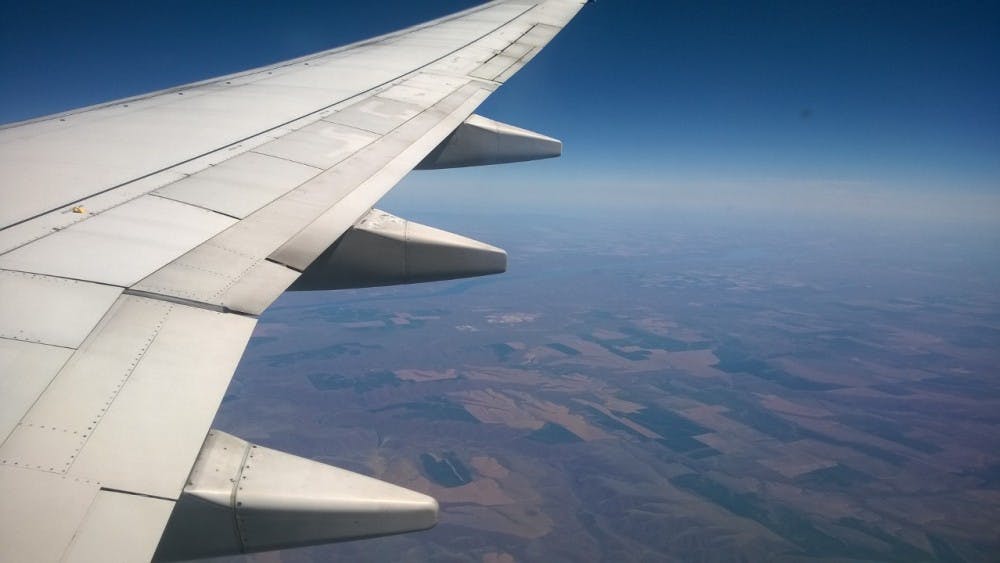By PAIGE FRANK For The News-Letter
Researchers studying the behavior of water droplets on a silicon surface have made observations that could potentially provide the key to creating entirely waterproof surfaces. Scientists from ETH Zurich in Switzerland started their experiments by slowly lowering the pressure of a sealed chamber. They let minuscule drops of water fall onto a specially designed silicon surface and observed carefully as each droplet landed on the rigid surface, paused momentarily, and then shot into the air, higher even than the point from which it was dropped. Intuition suggests that this should be impossible. The law of conservation of energy does not allow a drop of water to mysteriously gain more energy than it began with. The jumping droplet phenomena grew even more impressive as the researchers continued to film the drops. After the initial jump, the droplets fell back onto the surface to rest for a moment before again shooting into the air. Every time the drop returned to the surface it was propelled higher than the previous time. Dimos Poulikakos and his post-doctoral students, Tom Schutzius and Stefan Jung, did just that with the aid of a thermal imaging camera. They combined a detailed analysis of the motion of the drop with the temperature distribution within the drop in order to determine the source of the upward launch. The researchers focused on a property of water called recalescence. Recalescence essentially describes what happens when a water drop is supercooled, or cooled far below zero degrees Celsius. In such conditions, the evaporative tendency of the drop is increased, so the surface molecules evaporate and the drop is cooled even further. Eventually, the drop reaches the freezing point and ice crystals begin to grow. The phase change from liquid water to solid ice releases heat, which then immediately reheats the drop to its original temperature. Because this entire cycle occurs in a few milliseconds, explosive reheating results in sudden, intense evaporation. The evaporation causes overpressure between the drop and the silicon surface, launching it into the air. When the drop lands again, the entire cycle repeats. However, this phenomenon relies heavily upon the surface onto which the drop lands. The surface must be textured enough to keep the droplet from sticking to it without having such large fissures that the water vapor produced in the evaporation can escape. The surface must also provide pockets for the evaporated vapor to become trapped. It is the trapped evaporated vapor that creates the high pressure that launches the drop into the air. What the ETH researchers designed then was a silicon array of tiny columns (only a few micrometers wide) with a spacing of roughly five micrometers. They have since expanded their material base and are examining the phenomena using materials like etched aluminum and carbon nanotubes. The water droplet study might hold the answer for such industries as the aviation or construction industries, which could benefit from water repelling surfaces. Unfortunately, researchers have one major remaining puzzle to solve before water repellent surfaces enter the market. They have yet to test the jumping of water droplets at normal pressure. However, the potential for real word applications is still possible, and you may look forward to a day in the future when the rain drops will literally jump off your windshield.





